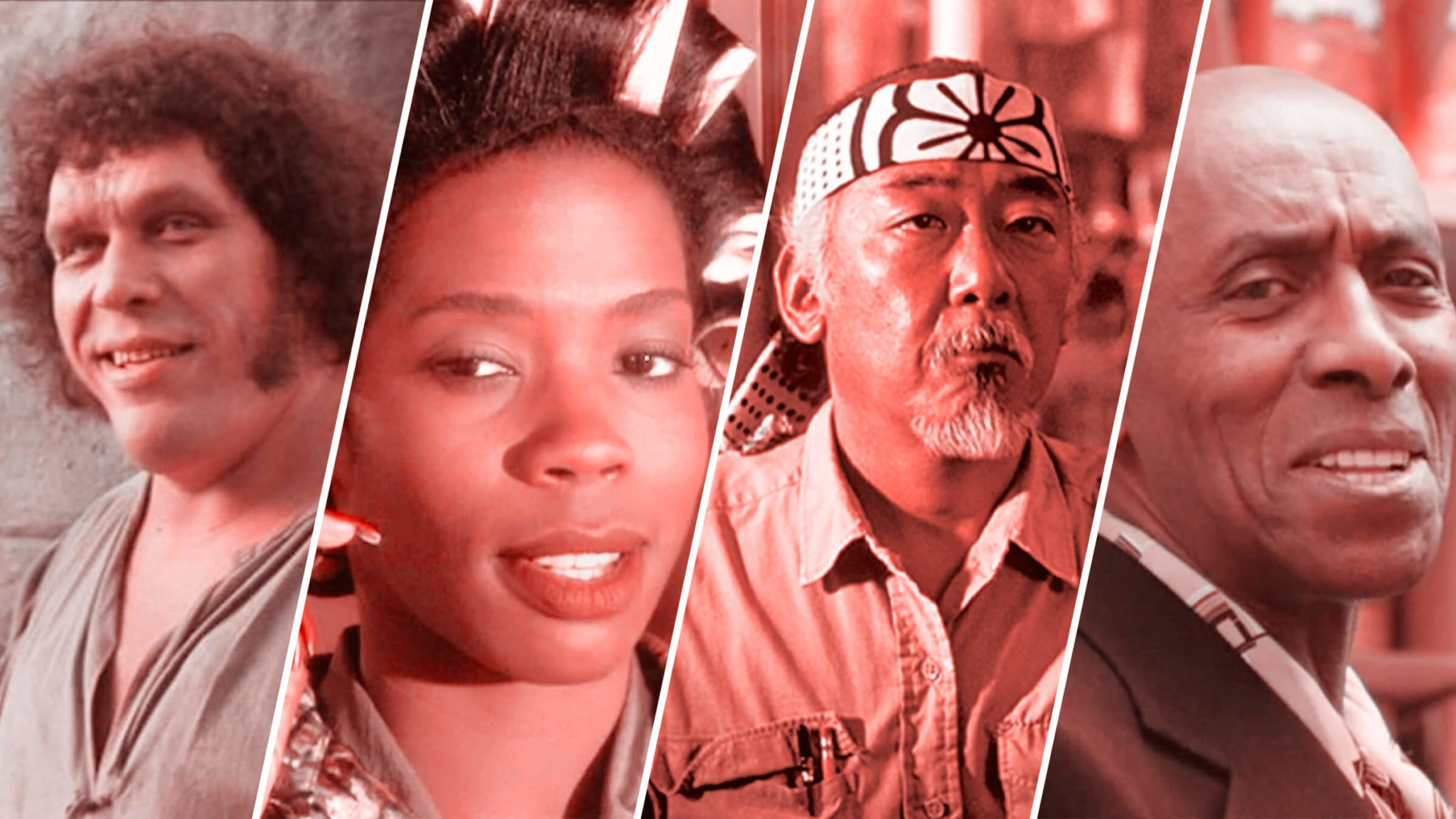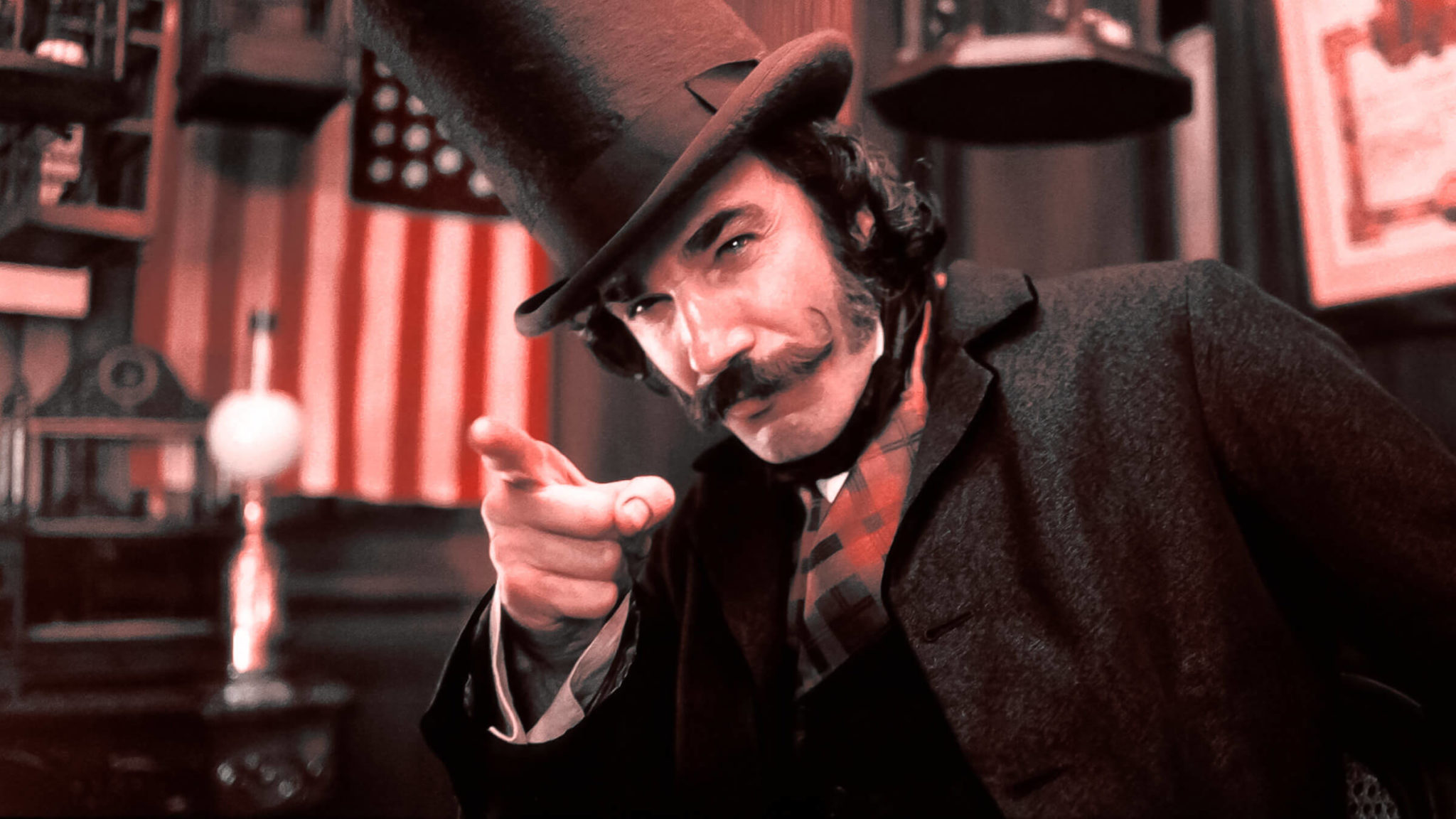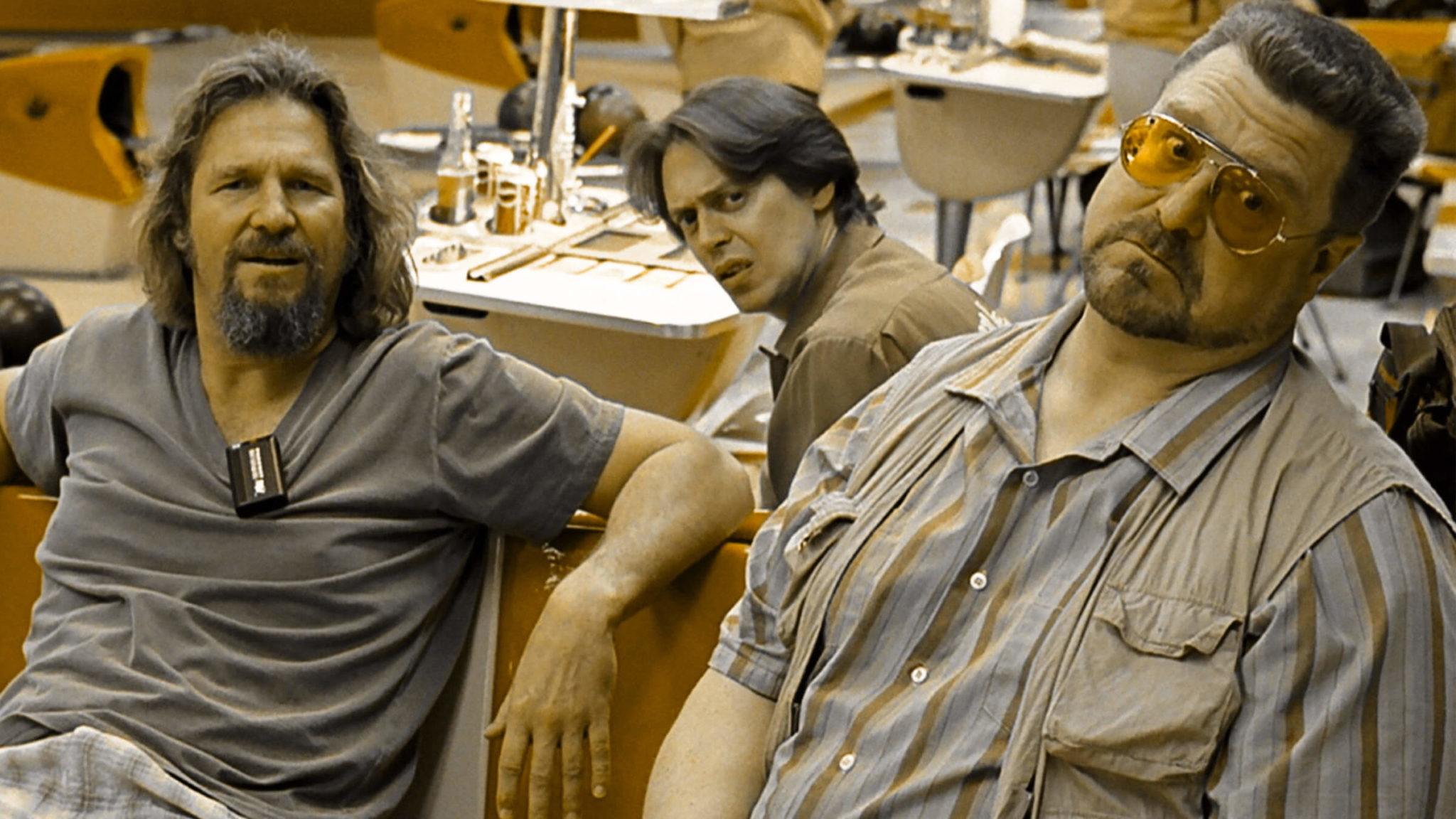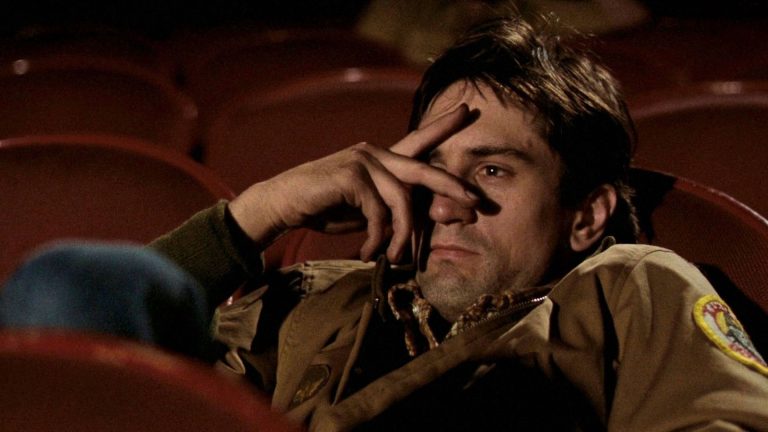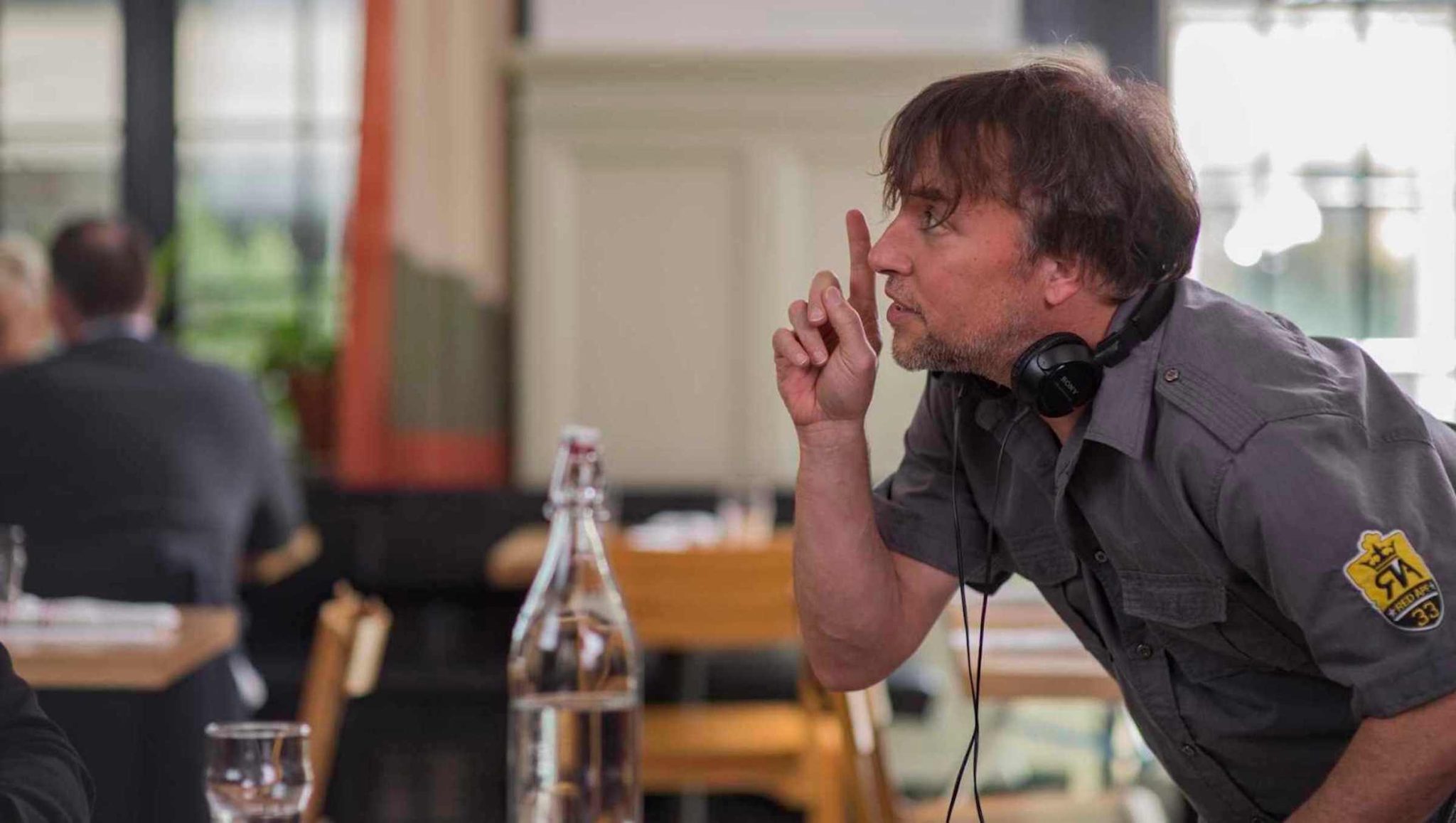9 Screenwriting Lessons From ScreenCraft's Virtual Summit

Every successful screenwriter has their own unique journey, but many share the same milestones on their way to the top. When writers begin their career, their futures can seem like dark uncharted maps. The only visible path forward is a perilous ocean with an infinite horizon. The prospect of the unknown is both daunting and exhilarating. How does one go from struggling wordsmith to showrunner? From summit attendee to speaker?
The 2020 ScreenCraft Virtual Screenwriting Summit was a masterclass on the trajectory aspiring screenwriters can expect from their prospective journeys. Nine phenomenally gifted screenwriters and filmmakers shared their insight and advice on craft, career, and inspiration — lifting the veil on the fears and doubts that many screenwriters experience while navigating their early careers.
Writers from around the world had the opportunity to gain knowledge from these leading industry professionals. The AMA interviews allowed summit attendees the opportunity to ask questions directly, catering the discussions to touch upon the most pressing concerns screenwriters face. Each speaker answered the attendees’ questions with stories and anecdotes from their own personal experiences.
So what can a novice screenwriter gain from that knowledge? How does it inform upon his or her own journey?
1. It begins with a spark.
At the very foundation, it all begins with a spark.
Every screenwriter has had that magical moment. They’re halfway to their dreams when a jolt of creative urgency awakes them. They spring out from under their comforter and try not to wake the baby. Sure, their alarm clock is getting dangerously close to crowing — but they just have to write this crazy idea down. They write with fervor, passion overtaking them. They return to their day job groggy and physically drained. Yet, their mind is awake. It’s alive with possibilities.
“You get inspired by something and it’s like a divining rod,” JJ Abrams mused. “You just go, I gotta dig here, and you can’t know if you’re gonna strike it, you can’t know if it’s gonna be worth your time, but I think what you have is that instinct and that sense of, I’d keep watching if I saw this. I’d keep reading if I read this.”
To say that the surprise guest of ScreenCraft’s Virtual Summit was a surprise is an understatement. JJ Abrams (Lost, Super 8, Star Wars) magically appeared on thousands of screens around the world and began to explain his creative process to ScreenCraft’s Emily Dell.
In the beginning stages of his writing process, Abrams writes longhand in a notebook to flesh out his ideas into a tangible work. It’s satisfying for every creator to be able to hold their creations in their hands at some point.
Once he feels comfortable with the reference material he creates a document on his computer. He calls it a conversation document and that it stays with him throughout the entire process. This document can become hundreds of pages long. The reason he calls it a conversation document is because he approaches his notes as if he were having a conversation with himself, “What should we do if…”
This approach can help turn a writer into a multi-hyphenated threat like Abrams. Producers and directors look for holes in the story, and one of the writer’s many jobs is to patch them up. By discussing the project outside of himself, Abrams enters into a more critical space where logic is a production’s best friend.
2. When is a draft "done?"
Depending on their schedule, the writer chips away at their project with fervor whenever they can. It feels good when they find a rhythm and tap into the zone. All songs eventually end and they stamp out FADE TO BLACK with pride. They print out all 93 pages, feel the warmth of the pages in their palms, and smell a hint of recycled wood pulp. They’re holding a tangible product in their hands — and it’s ready for edits.
When do you know when enough is enough? While speaking with ScreenCraft’s Tom Dever, David Rabinowitz (BlacKkKlansman) explained how he and writing partner Charlie Wachtel worked on the various drafts before ultimately handing the project over to Spike Lee and Kevin Willmott.
Although Rabinowitz and Wachtel worked on four or five wholesale drafts, he said that they poured over the script hundreds of times. Every read had the potential for a scene to be tweaked. That’s why it’s important for screenwriters to leave their ego at the door and encourage notes and criticism from others. The goal is to bring the script to its greatest potential. There’s nothing personal about it.
A script can and will be changed until it is filmed, and even then the story will face the ultimate final draft: the editing room. Once Spike Lee retained the rights to the duo’s script, they graciously stepped aside and trusted in the genius of the filmmaker, who alongside Kevin Willmott continued rewriting through production. Spike Lee encourages improvisation the same way a sports coach appreciates when his star player calls an audible that results in a touchdown.
But not everybody scores on the first play the way David Rabinowitz ascended to his Academy Award for Best Writing Adapted Screenplay. For every meteoric rise like David’s, there are millions of writers stuck in the middle of that proverbial ocean thinking…
3. What am I doing with my life?
Stephany Folsom (Toy Story 4, Star Wars: Resistance, The Lord of the Rings) described a very visceral reality that many writers experience at some point during their career. After facing countless rejections, she considered giving up. Her own journey was mirroring The Ordeal of Joseph Campbell’s The Hero’s Journey.
She already landed a manager with a pilot but people kept saying no. Out of her frustration, she chose to write the spec script 1969: A Space Odyssey of How Kubrick Learned to Stop Worrying and Land on the Moon. The script was based on a conspiracy theory that combined a bunch of elements that she loved — Kubrick, conspiracy theories, and space exploration.
A common misconception that many aspiring screenwriters have is that they will sell their spec script, it’ll immediately be produced, and they’ll achieve great acclaim and limitless opportunities as a result. Although this is certainly possible, the majority of spec scripts simply serve as calling cards. They are introductions that can lead to consideration on future projects.
Folsom wrote an amazing spec script that secured her an agent, who then sent it around. The script was well received and landed on the lists as one of the best screenplays of 2013. Making the lists gave her industry approval which led to her first studio assignment with Warner Bros. That snowballed into more studio assignments. She hustled for years writing movies that would ultimately never be made.
All that grind and hard work opened a door at Disney, and she wrote yet another film that didn’t get made. Her unwavering perseverance and talent made an impression with the head of production, who sent her over to Marvel to rewrite Thor: Ragnarok. This in turn led to bigger and better opportunities.
“It all just kind of piled on in a way that I hadn’t planned at all,” Folsom said. “It was just working hard, doing a good job, and getting people to like my work and realize I was a great person to work with so they would recommend me for another job — and I would get that job. I wish there was some magic to it but it was really just that.”
4. The best way to reveal a character is to challenge them.
Taken from the pages of their own script, a screenwriter’s character can’t be separated from their story since character and story can’t exist without the other, according to Max Borenstein (Godzilla, Kong: Skull Island).
Just because the world keeps telling the screenwriter no, that doesn’t mean they have to listen. Their character determines their story and vice versa. This is where the perseverance and persistence exhibited by Stephany Folsom comes into play.
In The Hero’s Journey, after the lows of The Ordeal, the character discovers The Reward. The Reward can be found in some sort of information, object, or solution that helps the character face the antagonist during their final showdown. For Folsom, it was 1969. This is when the screenwriter digs deep and gets back up after receiving some rough feedback. It’s the training montage from Rocky. A writer must practice and train until their words and stories are undeniable.
“The advantage of being a writer is that you can self generate material,” Borenstein explained to ScreenCraft’s John Rhodes. “You don’t have to wait on anybody else to do the work of writing a screenplay…The difficulty is getting your stuff out there, getting it seen. So anything that amplifies -- Coverfly, The Black List, ScreenCraft -- all these sites are great at amplifying good material. At the end of the day it always comes down to writing great material but sites like this actually allow you to hopefully put that material in front of people. If people respond to it, there’s a kind of meritocracy to that.”
5. Great material rises to the top.
Literary Manager and Producer Adam Kolbrenner (Prisoners, Free Guy, etc.) seems to agree. He asked, “What is that one calling card?”
Kolbrenner explained that managers and agents track everything. That means competitions, lists, personal recommendations. They’re constantly looking for talent. So the best way to be seen is to get your name out there. Submit to contests, be active, network, build and be a part of a community.
So when the screenwriter delves deep and writes that one calling card script that gets attention, managers notice. When reviewing a screenplay, Kolbrenner noted three main takeaways he looks for:
- Idea
- Voice (How does the screenwriter stand out?)
- Story
As they say, “If you build it (well), they will come.”
When a writer creates a script that hits the trifecta and begins to make noise, a manager will approach them. If all goes well and the manager and writer find that they’re a good fit, they decide to enter into a working relationship.
That’s when the real work begins. Whereas an agent helps with the logistics of deals and money, managers guide writers into their future. They are concerned with honing the writer’s craft and aiding the trajectory of their career. Kolbrenner explains his ideal relationship with a writer as being one that shows weekly and monthly progress through open communication. There needs to be a sense of synchronicity.
Kolbrenner also talked about the need to remain relevant by hitting home that, “Your prime is your next project.”
One can’t teach work ethic. It’s important to prove oneself when given an opportunity. When the screenwriter’s work and presentation is ready, their manager will set up meetings. It’s now time for the screenwriter to sell their ideas.
The prospect of pitching in front of others may seem terrifying for most, but it’s an essential component to the job.
6. The Pitch
Adam Kolbrenner stressed the importance of knowing who you’re pitching to. Do your research. Why are they the right person to produce your show or movie? More importantly, why are you the right person to tell this story?
Wendy Calhoun (Prodigal Son, Station 19, Empire, Nashville, Justified) approaches pitching as if she’s performing a one person show. She hooks the audience by making it personal. How do you relate to the material? Get into the logline, characters, and story while adding some flourish.
When pitching your idea, Alan Yang (Master of None, Tigertail, Parks and Recreation) suggested that writers pitch, “like you’re telling a story about something that happened last week. You should just be able to tell it.”
You brought the story to life. No one knows it better than you. Bring it to life for your audience with as much passion as it took to write it in the first place.
7. The Devil is in the noise.
Wendy Calhoun also recommended practicing improv to hone one’s pitching skills.
Improv comes in handy in a writers’ room too. It allows one to think quickly and have the confidence to speak up by not sticking uncomfortably to the sidelines. She had some very nourishing advice for writers entering a room for the first time. Listen first. Don’t shut down ideas or hijack the situation. Contribute and be a part of it by, “adding new creative spices to the gumbo.”
This didn’t come easy for Calhoun at the beginning of her career. For a long time she was the only woman in the room, and even longer until there was another person of color writing beside her. The social dynamics brought on challenges such as loneliness despite the rooms feeling like family. There was the extra burden of feeling the need to solely carry the torch for everyone that’s underrepresented. It took courage to find her voice in the sometimes chaotic environment of a writers’ room.
Calhoun sees recent progress in cultural representation as, “the exciting thing about Hollywood going forward right now, I feel. There’s a recognition of a new audience. Well, not a new audience, but a growing audience, and that audience is hungry for some new stories. We’ve been hearing the same stories over and over again about what it means to be a woman and about what it means to be a woman of color. So now, this is the time to revolutionize that.”
8. Be authentic
Tony Gilroy discussed some new insights that he has developed in recent years, “I’ve become very passionate about the basic awareness of behavior.”
When writing action scenes, Gilroy emphasizes that it’s important for a character’s behavior to be real and responsive to his or her environment. A writer should know and utilize the physical space the characters inhabit. He describes his job as journalism, he’s simply reporting on his imagination.
Another point that Gilroy stressed is that he needs to know where the story is going, “It gives me great comfort to know that we’re doing this whole twelve part season for this thing, and I know what the last line is…it gives me a great sense of foundation and satisfaction — and it informs everything that I do. Anything that gets in trouble, I can go, oh, well this has to go to that and I know where I’m going.”
These lessons can be applied to a screenwriter’s project as well as their career. If one is informed of their goals and they don’t stop because frankly, they can’t stop — then it’s inevitable that they’ll eventually get somewhere. Sometimes that destination might not be what they initially set out to accomplish — and that’s okay.
9. “Say thank you.”
Throughout the entire day of interviews, Meg LeFauve’s (Captain Marvel, Inside Out, The Good Dinosaur) words about gratitude lingered like a ray of morning sunshine. She reminded writers to, “take the opportunity for compassion for yourself.”
An audience will connect on a deeper level to a writer’s material when the writer is able to be vulnerable with themselves. That is the crux of what emotionally bonds a character with the audience. As with any hero’s journey, there will be set backs and doubts for both the character and screenwriter. This is what makes them so relatable. Embrace the flaws. LeFauve explained that harsh personal judgment isn’t constructive, but destructive and fear based.
For aspiring writers, rejection and failure is par for course. It’s important for the writer to be kind to themselves when facing these setbacks. LeFauve described Pixar’s motto: fail fast. Learn from that failure so you can do it right. What can you as the writer improve upon? Dialogue? Plot? Second act issues? Presentation? Pitch? Build on what isn’t working to become a stronger force.
“Information in failure is power,” LeFauve said. “Do you have a part of yourself that is afraid of being powerful?”
--
Be sure to sign up for our email newsletter for reminders about our next upcoming events.
Did you attend the 2020 ScreenCraft Virtual Screenwriting Summit? What were some insights that you gained from these incredibly talented writers and filmmakers? How can you apply their knowledge to your own career? We’d love to hear your thoughts in the comments below or on social media. Feel free to email us anytime: [email protected]
 Kevin Nelson is a writer and director based in New York City, baby. He has written and produced critically acclaimed short films and music videos with incredibly talented artists, worked with anti-human trafficking organizations, and would rather be in nature right now. See more madness on Instagram or follow his work on https://www.kevinpatricknelson.com
Kevin Nelson is a writer and director based in New York City, baby. He has written and produced critically acclaimed short films and music videos with incredibly talented artists, worked with anti-human trafficking organizations, and would rather be in nature right now. See more madness on Instagram or follow his work on https://www.kevinpatricknelson.comFor all the latest ScreenCraft news and updates, follow us on Twitter, Facebook, and Instagram.
Get Our Screenwriting Newsletter!
Get weekly writing inspiration delivered to your inbox - including industry news, popular articles, and more!







